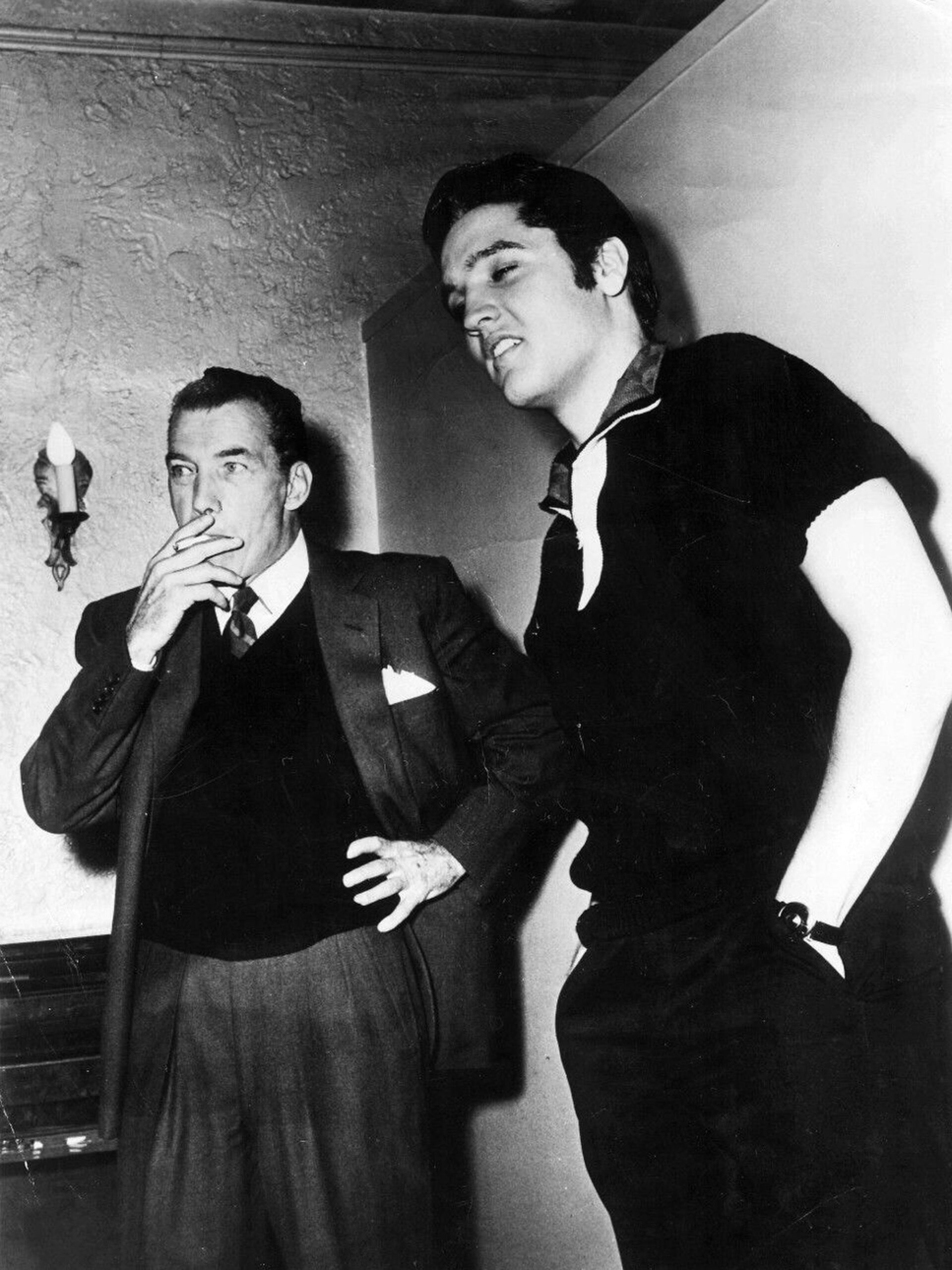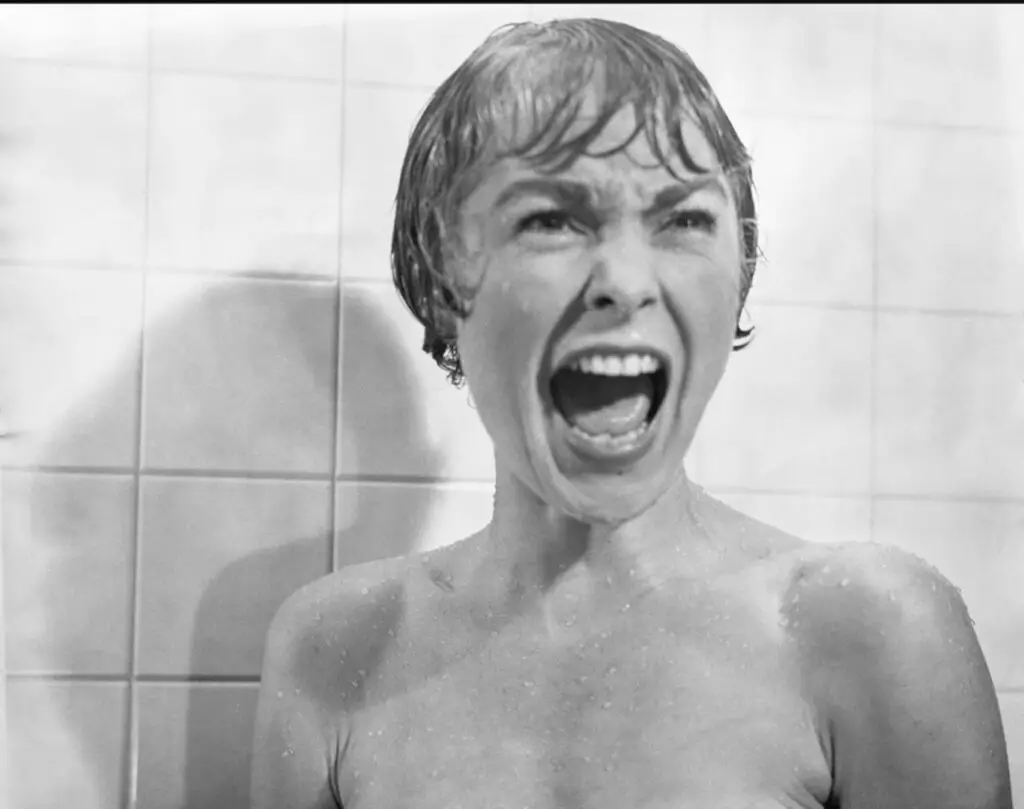
Among the many films made, there are a few that hold over artistic and commercial success. They become a landmark in the genres of the movies to which they belong. These films have set new precedents, shattered long-established norms, and opened the way for other filmmakers to tread the road pioneered by them. The list below talks about ten films that have left their mark in changing genres. Each of these ten has contributed significantly to the evolution of cinematic storytelling.
1. Psycho (1960) -Reinventing Horror and Thriller

Among the most influential films ever made in the horror-thriller genres is Alfred Hitchcock’s Psycho. Horror films before Psycho depended on supernatural flotsam or traditional monsters. With Psycho, Hitchcock invented a new terror-psychological, based on human nature, and all too real.
New Story Form
Psycho shockingly subverted conventional narrative by killing off what appears to be the protagonist, Marion Crane, within the first half of the film. This shocking twist undermined the audience’s expectations as well as their own sense of predictability about the outcome of events to come. Hitchcock’s bold move to center the narrative about the villain of Norman Bates has inspired a thousand horror and thriller movies.
Suspense was Hitchcock’s staple weapon
The famous shower scene, in which Marion Crane is slaughtered, presents a master class in suspense and editing. Hitchcock used quick cuts and piercing music with minimal gore to create the terrific scene that left much to the imagination. Psycho caused an impact so profound that it not only changed horror but could also be said to influence the genre of thrillers as well, bringing a whole new level of psychological depth and unpredictability into play.
2. Star Wars: Episode IV – A New Hope (1977) – Revolutionizing Science Fiction
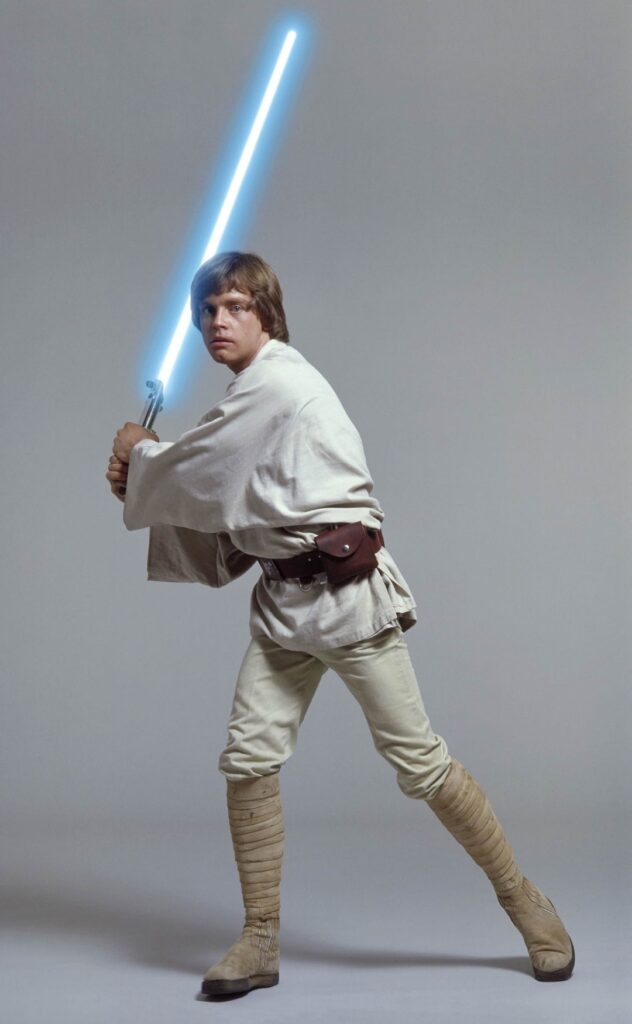
George Lucas’s Star Wars was more than a rewrite of science fiction. Star Wars changed the entire film industry. The former sci-fi genre was typically considered a niche film, usually assigned either to B-movies or as cerebral explorations on future themes. Lucas’s vision brought a space opera that became grand in scope, simply making it a cultural phenomenon.
Genre-blending
Star Wars took fantasy, westerns, and war movie elements and mixed them into a science fiction framework to create a world that was at once both familiar and completely new. The hero’s journey of Luke Skywalker connected an audience in a timeless narrative structure wrapped in innovative special effects.
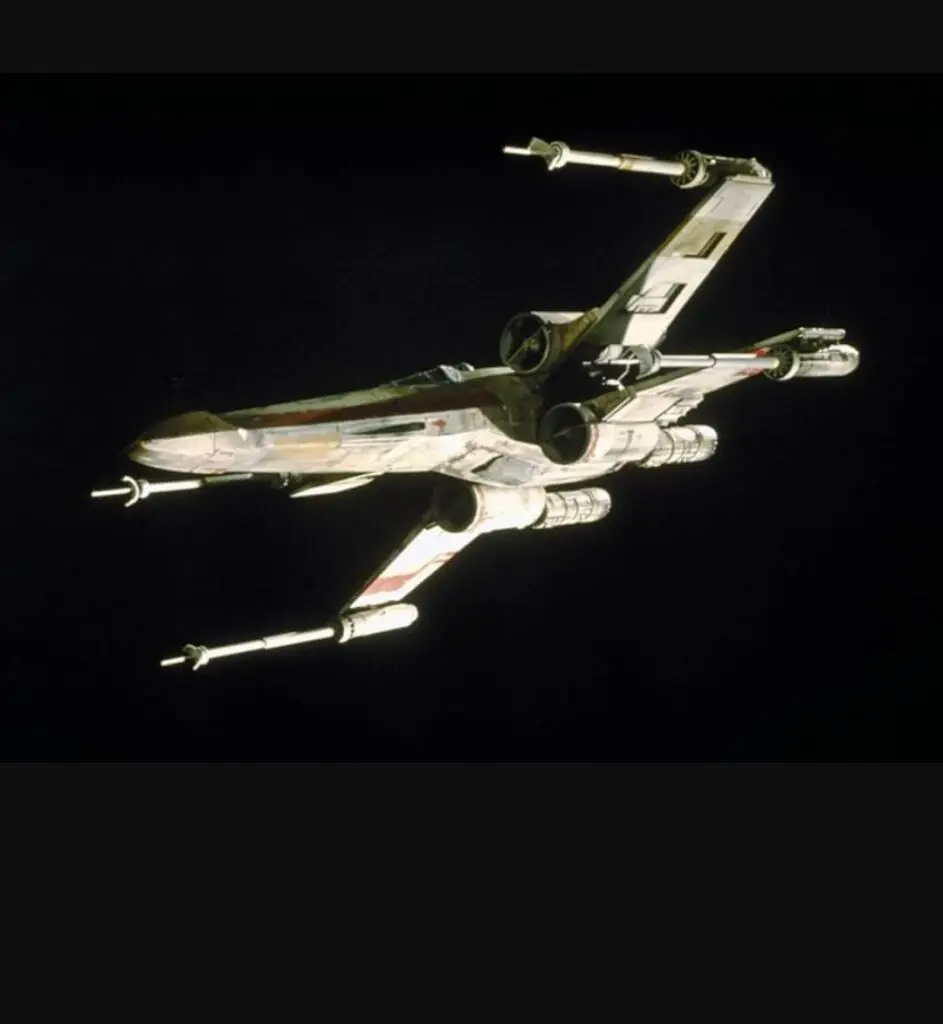
Special Effects and World-Building
Industrial Light & Magic, the special effects firm co-founded by Lucas, established a new benchmark for the industry with this film. The detail built into this world-from the design of the Millennium Falcon to the shining lightsaber-encapsulated one in what was visually real and lived-in. Star Wars is where science fiction went mainstream, hence popularizing it across a wide base, setting the occasion for future blockbusters in the genre.
3. The Godfather (1972) – Elevating Crime Drama to New Peaks
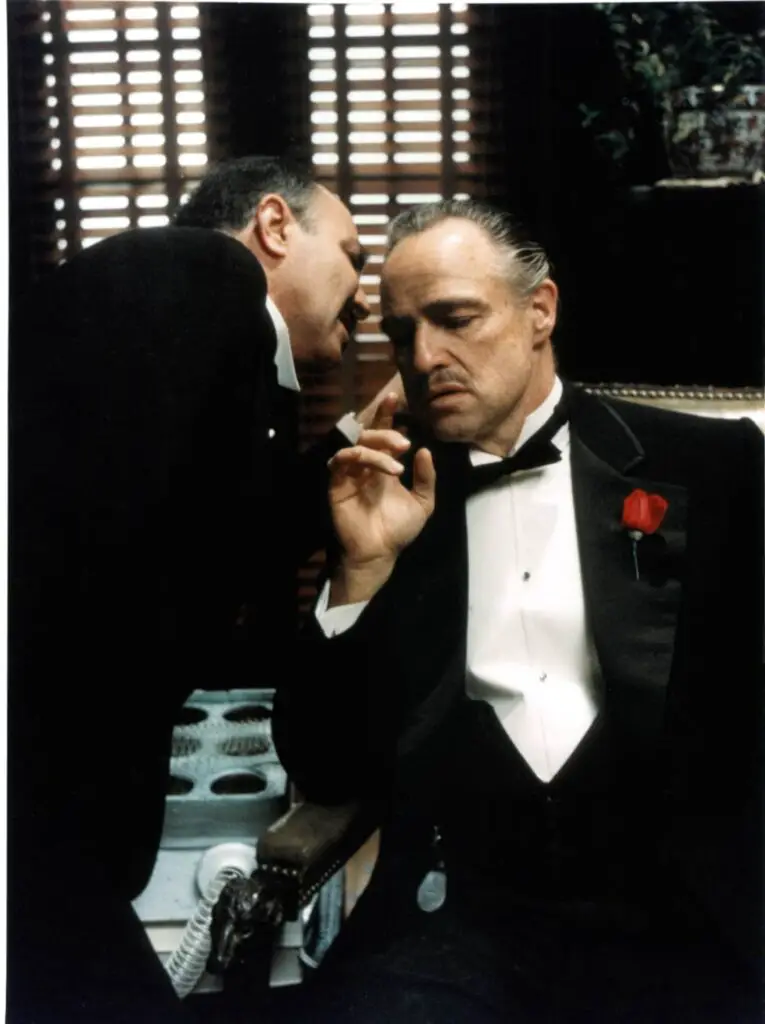
Francis Ford Coppola’s The Godfather is indeed one of the best films ever produced. Here’s why: it revolutionized the crime drama genre by focusing on the intricacies of a powerful Mafia family rather than just the usual violence expected in gangster movies.
Complex Characters and Moral Ambiguity
The Godfather elaborated a highly complex and morally ambiguous characters who were as brutal as they were even sympathetic. In cinema, the movie typified the Corleone family, living in a life of organized crime: addressing issues like loyalty, power, and the great American Dream and how all this intersected .
With such deep character development and rich thematic profusion, that was new to the genre when simple, action-orientated narratives filled the cinematic skied.
Coppola’s masterful direction, Rota’s atmospheric score, and Willis’s moody cinematography brought The Godfather far from a crime movie. It was a thinking film about power, family, and legacy transforming the crime genre but also affecting the American cinematic landscape at large.
4. Pulp Fiction (1994)-Redefined Crime and Black Comedy
Quentin Tarantino’s Pulp Fiction burst its bubble onto the scene in the mid-1990s, redefining the crime genre with unique freshness in storytelling, sharp dialogue, and dark humor. The structure and style of the film were so different from anything mainstream audiences had ever seen.
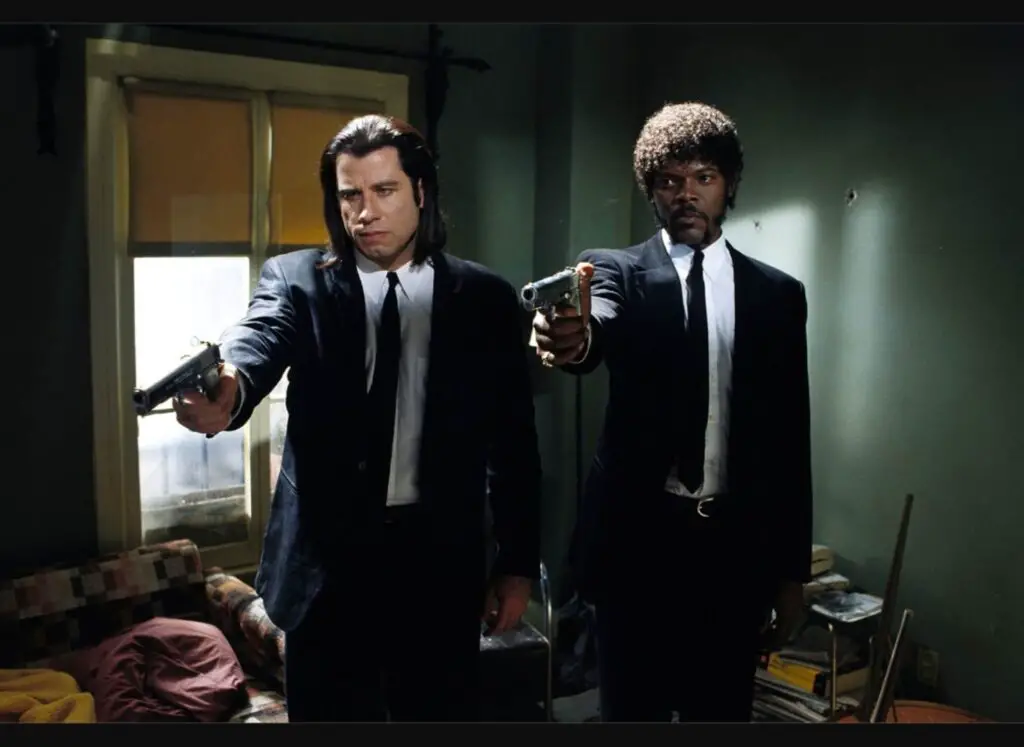
Non-Linear Narrative
Pulp Fiction broke the traditional structure of narratives to tell its tale as a series of interconnected vignettes that jump back and forth in time. Its very nonlinearity kept the audience involved. At the same time, it provided Tarantino with the creative freedom to express various facets of his characters and themes in ways that may have been impossible if presented in a linear film narrative.
Dialogue and Style
The film’s dialogue is also full of pop culture references and witty banter that made the film an icon overnight. How Tarantino was able to add humor to scenes of outright violence, which formed a new subgenre of crime films like no one had seen before: black comedy combined with gritty realism. *Pulp Fiction* helped bring independent cinema into the mainstream. The film showed that it was possible for artistically daring films to be marketable, commercially successful, at the same time.
5. The Blair Witch Project (1999) – Paths Paved in Found Footage Horror
The Blair Witch Project is the landmark of horror, itself said to start the found footage genre. Filmed on such a low budget that it utilized a documentary approach to achieve a sense of realism, which was both innovative and terrifying.

Low-Budget Innovation
Handheld camera work and ad-libbed dialogue added a very documentary feel to this low budget film. Realism amplifies horror, since audiences believe that what is happening on screen could really happen.
Viral Marketing
It also changed the way people work at film marketing-the Blair Witch Project’s campaign, claiming that the events of this picture occurred in reality, went viral long before the term was in common use. This strategy made a buzz around the film, causing it to become a huge box office hit that proved how effective marketing and word of mouth can transform a small indie movie into a cultural phenomenon.
6. The Matrix (1999) – Sci-Fi and Action Revamped
The Matrix redefined the sci-fi and action genres through its new visual effects, philosophical themes, and cyberpunk aesthetic. This film touched something deep within popular culture and influenced everything from fashion to video games.
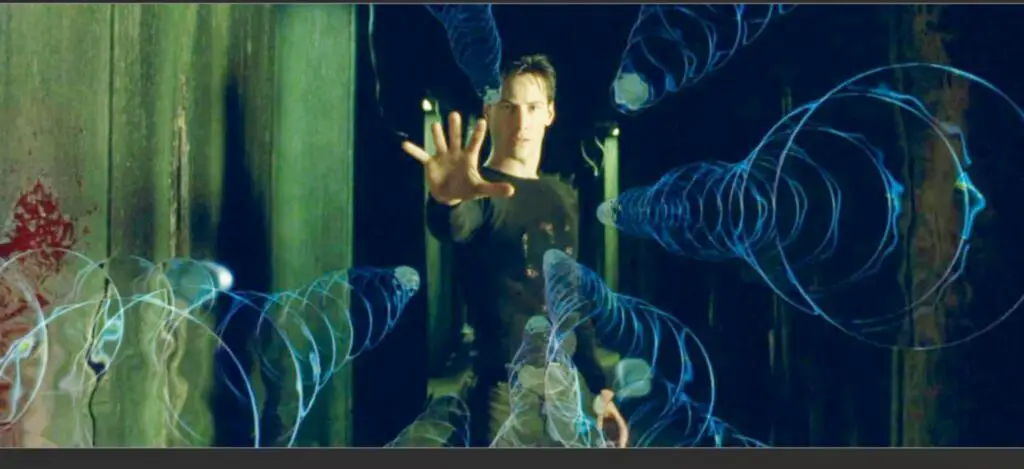
“Bullet Time” and Visual Effects
The movie first used what is now known as “bullet time.” This effect allows the camera to pan around slow-motion action, creating visuals almost revolutionary now. In addition, the choreographed fight scenes and seamless integration of CGI into this movie set a new standard for action sequences.
Philosophical Underpinnings
Beyond its visual innovative feats, The Matrix has engaged itself deeply with large philosophical themes, like the nature of reality and what it truly means to be human. This intellectual meat married well to a very action-filled script, making this film one both accidental viewers and film critics could not help but watch. Until now, the impact of “The Matrix” on the science fiction as well as the action movie genres is still being felt, with many films trying to emulate its style and thematic complexity.
7. 2001: A Space Odyssey, 1968: Furthering the Frontiers of Science Fiction
Stanley Kubrick’s 2001: A Space Odyssey is a science fiction classic that pushes forward the genre into untrodden intellectual and artistic territories. The scope of the film, its visual imagination, and tropism toward abstraction make it unlike any other film ever.
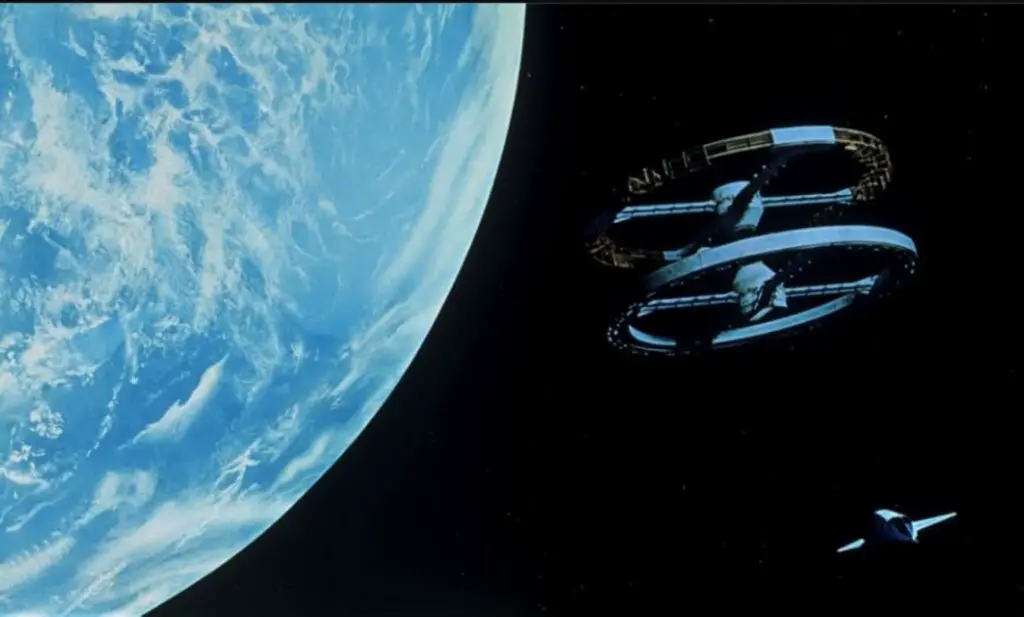
Visual and Narrative Innovation
2001: A Space Odyssey is renowned for its phenomenal work on location, doing something that no film at the time was capable of. Kubrick’s fanaticism for realism in the depiction of space travel and alien landscapes set a standard that very few science fiction films have ever attained. The narrative, spread over thousands of years, that deals with existential themes, challenged the audience to begin thinking about where human beings fit in the cosmos.
Storytelling on an Abstract Plane
Abstract narration in the movie, particularly in the final sequence, was largely an open-to-view kind of story, and that implies viewing the movie on an intellectual level. It was a departure from straightforward, plot-driven science fiction films which heralded the emergence of experiments in cinema, thinking which allows viewers to think over them.
8. Jaws (1975) – The Making of the Modern Blockbuster
Steven Spielberg’s Jaws created the modern blockbuster, combining action film thrills with master suspense. The film did not only fundamentally change the thriller genre but also changed how Hollywood distributed its cinema product.
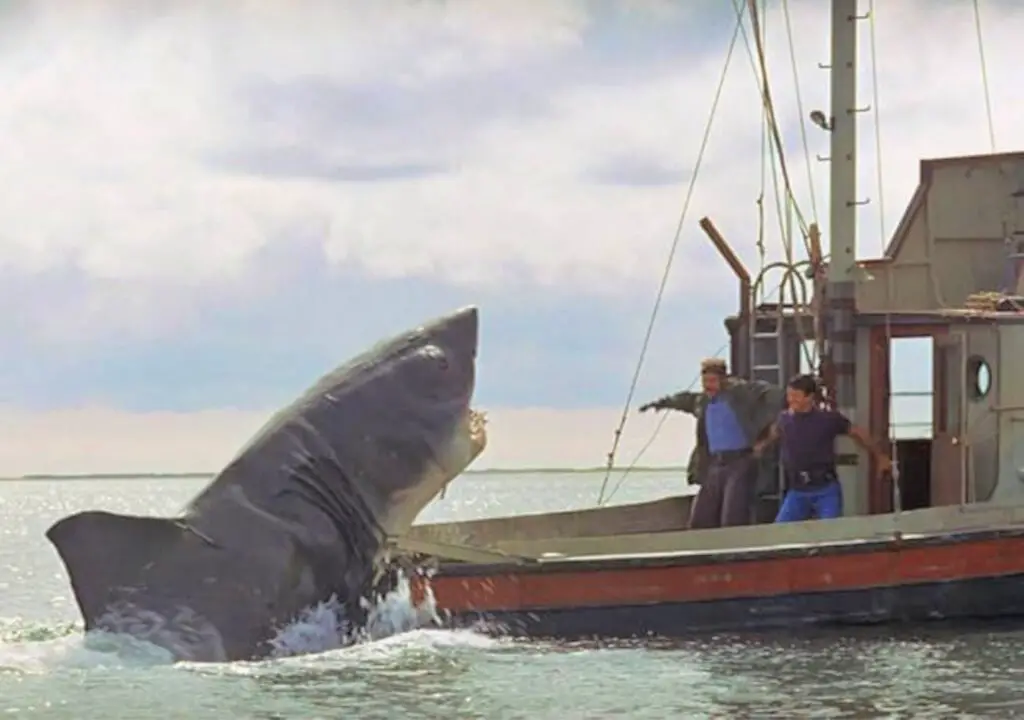
Suspense and Terror
A prevalent use of suspense by Spielberg in the film Jaws was especially in the unseen shark scenes, which created a terror atmosphere that kept most of the audiences at the edge of their seats. The film, with its own designed rhythm and John Williams’s signature music score, set itself as a model for future thrillers and action films.
Blockbuster Strategy
Jaws was one of the first films to be released across many screens nationally simultaneously and was coupled with a gigantic advertising campaign. This, combined with a summer release, laid the template for today’s blockbuster, whereby the big-budget movie is primarily released in the summer with mass marketing to guarantee massive box returns.
9. Mad Max: Fury Road (2015)- Revival of the Genre Action
George Miller, through his movie Mad Max: Fury Road, cracked the shackles upon what action movies could achieve with perfect relentless pacing and excellent practical effects with reduced dialogue.

It was pure visual and auditory storytelling that challenged the very limits of what one could consider action cinemas.
Fury Road is a movie known for its breakneck pace. In Mad Max: Fury Road, it’s action sequences from start to finish with an overwhelming telling of the story through relentless, high-octane chases and battles. There are hardly any dialogue in this film; the visuals do the job of telling the story by vocalizing emotions and motivations in actions rather than speech. It’s a silent era style, yet something totally modern and innovative.
Practical Effects and World-Building
With an onslaught of CGI’s in the sky, the film stood out because it boasted practical effects. George Miller chose to use all real stunts, real vehicles, and physical sets, making the world presented so obviously visceral and immediate. The apocalyptic vision of the movie, its fantastic attire and ideas for cars, gave space to what Mad Max was meant to be but settled a new standard for the world-concept within action movies. Mad Max: Fury Road received glory and proved that action movies could be fine pieces of arts at the same time, worthy of Academy Awards’ prizes and secured its position as a genre-redenner.
10. Toy Story (1995) – Revolution in Animation
Pixar’s Toy Story was the first computer-animated full-length feature film and breathed life into the animation business. Most films made prior to Toy Story were hand-drawn, while computer-generated imagery has always been used to enhance special effects in filmed live action movies. Toy Story proved, however, that a full-length film was possible, created through computer animation, and yet told a compelling, emotionally resonant story. Innovative Technology
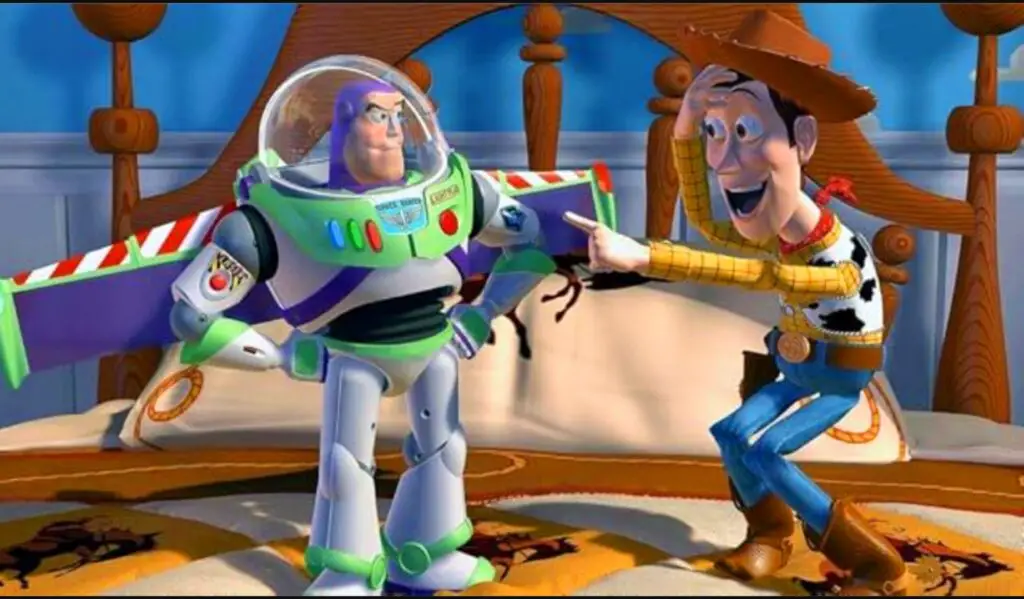
The film’s using computer animation was revolutionary. Pixar’s technology finally added detail and scope that had never been possible before, gave life to the toys, and presented a vision impossible to conceive. Not only was it sensationally beautiful but also integral to the storyline: It gave emotions to the character and made them more expressive and relatable.
Heartfelt Storytelling
While the technology was revolutionary, Toy Story also was a triumph because of a tight and simple narrative. The storyline of Woody, Buzz Lightyear, and their grand adventures captured the hearts of people at all ages, a combination of humor, emotions, and sense of wonder. This was a balance of technological innovation and storytelling excellence that would mark the Pixar films and transform the animation industry.
Effect on Animation Industry
It made Toy Story, which was a huge commercial success, and enabled the company to take over the animation world with more sweet and successful productions while generating a new wave of computer-animated films; while it inspired other studios to try CGI, and so there came this wave of animative films made by the use of state-of-the-art technologies, which carry powerful stories, specially character-driven ones.
They are ten films that stood on their own merit but have endured the test of time and had a lasting impact on the genres in which they were placed and the cinema landscape at large. Each challenge conventional order and exceeds boundaries of what cinema should do. They redefine genres; they influence generations of filmmakers and are celebrations of milestones in film history. Whether by doing new storytelling, proving new technology, or redefining viewer expectations, these films won their way into the annals of classic genre cinema.
